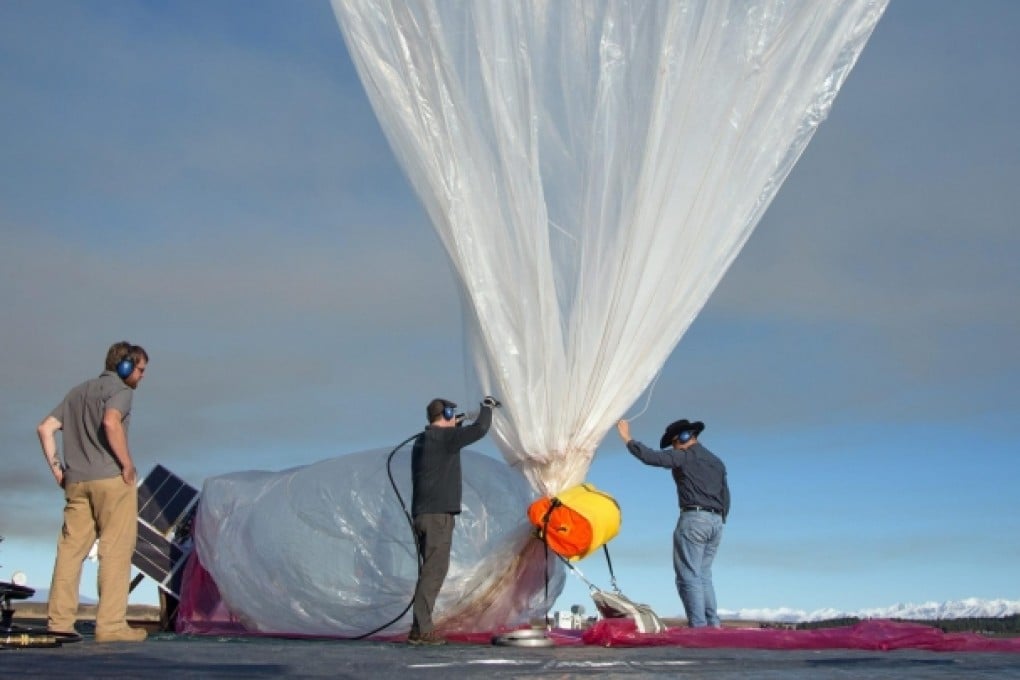Google's 'loony' way of granting remote web access gets off ground
Bringing the internet to far-flung corners of the world is no flight of fancy after scientists link about 50 New Zealanders to giant balloons

Google revealed top-secret plans yesterday to send balloons to the edge of space with the lofty aim of bringing the internet to the two-thirds of the global population now without web access.
Scientists from the technology giant released up to 30 helium-filled test balloons flying 20 kilometres above Christchurch in New Zealand, carrying antennae linked to ground base stations.
While still in an early stage, Project Loon hopes eventually to launch thousands of balloons to provide internet to remote parts of the world, allowing the more than four billion people with no access to get online.
It may also be used to help after natural disasters, when existing communication infrastructure is affected.
"Project Loon is an experimental technology for balloon-powered internet access," the company said on its latest project from its clandestine Google X laboratory, "where we work on radical, sci-fi-sounding technology solutions to solve really big world problems".
It added: "Balloons, carried by the wind at altitudes twice as high as commercial planes, can beam internet access to the ground at speeds similar to today's 3G networks or faster.